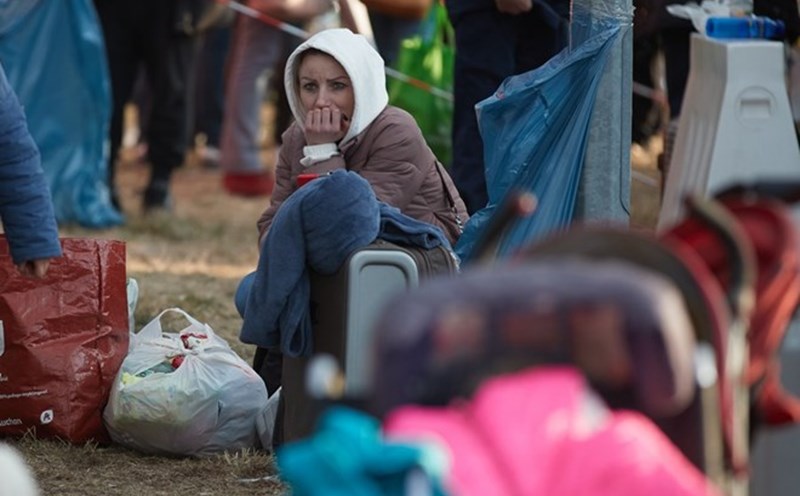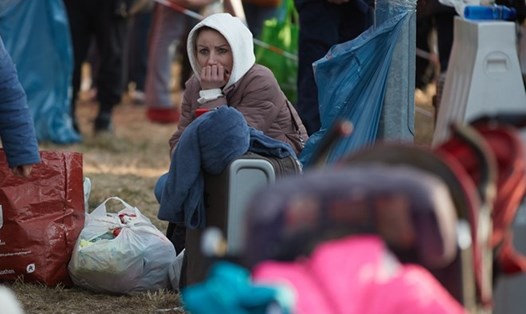On October 28, Ukraine's Minister of Social Affairs, Mr. Denis Ulyutin, informed that there are currently 6 million Ukrainian citizens living abroad.
He explained that this number includes those who have left in the past few years. This is clear evidence of a large-scale wave of migration since the conflict began, and it is making population problems - such as low birth rates and aging population - which have been serious in Ukraine - worse.
Ukraine has faced serious demographic problems since independence in 1991, with low birth rates and high migration rates. However, the full-scale conflict that began in February 2022 has made the situation much worse.
Millions of people, mainly women and children, have been forced to expand to neighboring countries and further away to avoid bombs and bullets. In addition, a large number of men of working age also seek to go abroad for economic reasons or to avoid encouragement. Most recently, the government's easing of the exit ban on 18- to 22-year-old men also led to a wave of mass departures.
According to the M. V. Ptukha Institute for Ethnology and Social Research of the National Academy of Sciences of Ukraine, there are currently only about 25 to 28 million people living in the territories controlled by Kiev.
The director of the Institute, Ella Lebanonova, once made a rather pessimistic assessment: The Ukrainian population will never be able to return to the figure of about 52 million people as in the Soviet era.
She pointed out that even in 2012, when the birth rate reached its highest level in recent times, each Ukrainian woman had an average of only 1.53 children. This figure is much lower than the average of about 2.1 children/woman needed to maintain a stable population, no increase, no decrease.
In this situation, demographic experts emphasized that Ukraine urgently needs to attract a large number of immigrants, while creating conditions to encourage the return of those who have left Ukraine.
However, this is considered a huge challenge, almost impossible as the conflict continues and the economic future is extremely uncertain. The loss of a significant part of the population, especially a young and qualified force - a "gray bleeding" situation - is predicted to cause serious and prolonged consequences for the ability to recover and rebuild the country.











